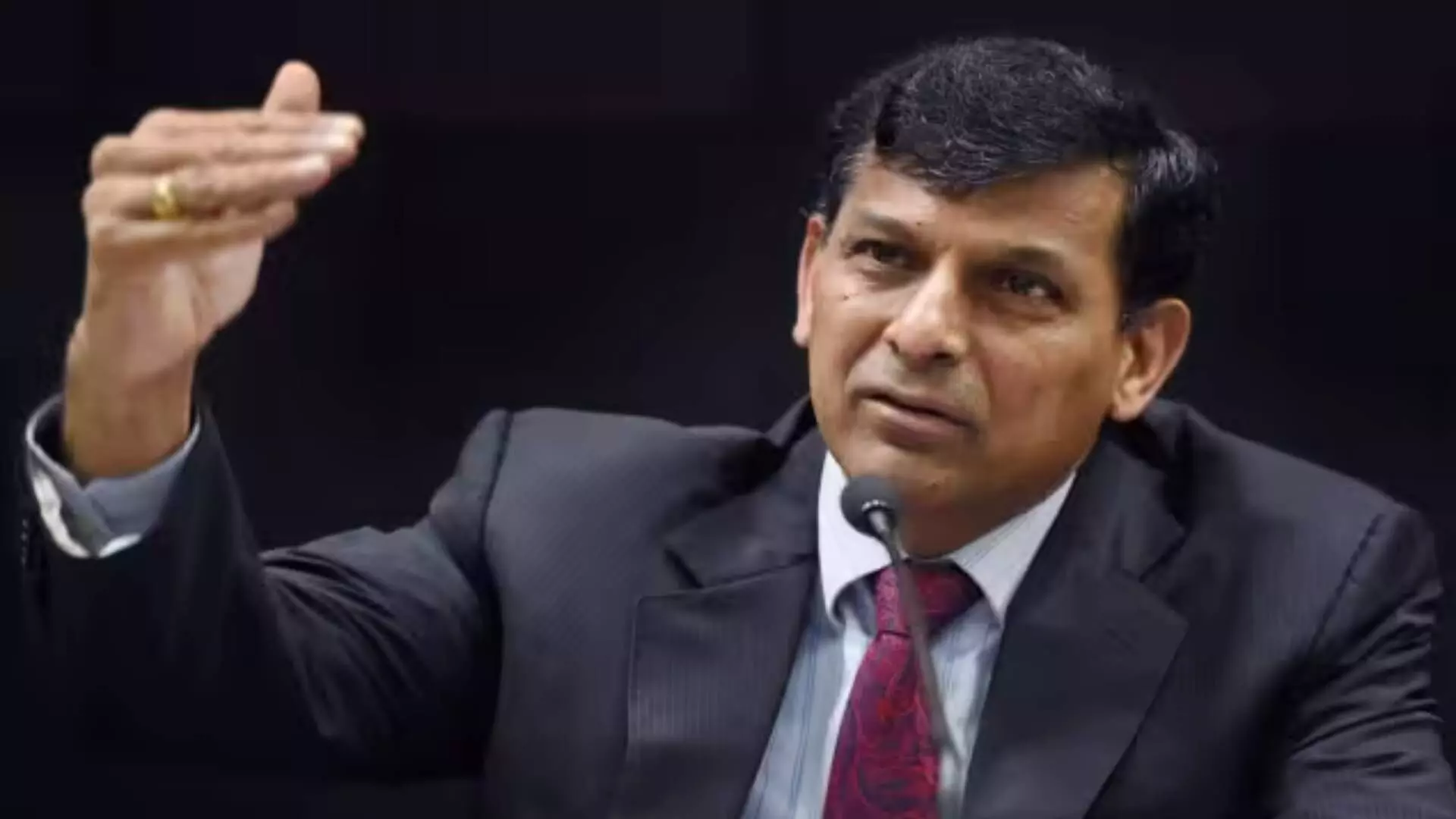Wide off the mark

Raghuram Rajan — Katherine Dusak Miller Distinguished Service Professor of Finance at the University of Chicago and a former Reserve Bank of India (RBI) governor — stoked a controversy last week by arguing that the Indian economy is dangerously close to the ‘Hindu rate of growth’. The economic phrase ‘Hindu rate of growth’, first coined by an Indian economist Raj Krishna in 1978, denotes a low annual growth rate that prevailed in India between the 1960s and the 1980s. The period entailed an economic scenario in the newly independent India with a socialistic indent and minimalistic approach. Raj Krishna, a right-leaning economist, had polemically pointed out the failure of the then Congress government in catching up with the rest of the world economically, particularly the capitalist countries. He might have been substantially right in his criticism as India’s annual average growth rate at that time was a meagre 3.55 per cent, but the socialistic pattern with a welfare approach was the need of the hour. Comparing it with the present state of the Indian economy, which has gained a capitalistic flavour and is tagged as one of the fastest-growing economies in the world, appears wide off the mark. It will not be wrong to say that Rajan’s remarks are far too extreme. India’s current annual GDP growth rate is expected to be somewhere near seven per cent, which is not less by any account. However, the words of an economist of Raghuram Rajan’s calibre cannot be taken lightly. Citing the recently released National Statistical Office (NSO) data, Raghuram Rajan highlighted the sequential slowdown in quarterly growth. The NSO data revealed that Q3 (October-December) growth for FY 2022-23 slowed down to 4.4 per cent from 6.3 per cent in Q2 and 13.2 per cent in Q1. Raghuram Rajan has contended that the average annual growth of Q3 in FY 2022-23 vis-à-vis pre-pandemic years has been 3.7 per cent. Raghuram Rajan has considered only the quarterly growth figures, and that too for a brief span of time compared to the 1960-1980 period. The eminent economist faced heavy backlash for his remarks. Soumya Kanti Ghosh, Group Chief Economic Adviser, State Bank of India, mixed no words in saying “we find such arguments ill-conceived, biased and premature at its best.” SBI’s report Ecowrap pointed towards the increase in gross capital formation (GCF) and gross savings. It may be noted that GCF is one of the major drivers of private investment. As per the report, at an aggregate level, GCF is supposed to have crossed 32 per cent in 2022-23, the highest since 2018-19. Notably, one of the limiting constraints that prevent the former RBI governor from being optimistic about India’s growth outlook has been the unwillingness of the private sector to invest. The SBI report suggests otherwise. The second limiting constraint has been the consistent hike in repo rates by the Monetary Policy Committee of the RBI. But that is more or less a deliberate attempt to keep inflation at bay so that the sustainability of growth can be kept intact amid the turbulent global scenario. The third limiting constraint he cited was the general slowdown in global growth. This is indeed a problem, perpetuated by the Russia-Ukraine war. India has little control over this aspect other than strengthening the domestic sector. Annual growth of the Indian economy is indeed falling behind expectations, but one should not forget that India’s growth potential has come down over the years. The talks of double-digit growth have become a thing of the past. Even if India sticks to the 7 per cent annual growth mark, that should be considered decent in the present global economic scenario. Though his apprehensions appear to be exaggerated, the limitations pointed out by Raghuram Rajan are pertinent. His remarks can be considered a warning sign that the state of the Indian economy is not rosy, as asserted by some. Sub-optimally performing sectors like manufacturing and services need to be worked upon. At the same time, there appears no need for panic. SBI’s Ecowrap report highlighted that the Incremental Capital Output ratio (ICOR) — which measures additional units of capital needed to produce additional units of output and indicates the health of the economy — has come down from 7.5 in FY12 to 3.5 in FY22. This is a welcome sign. The need of the hour is to go for more specific and targeted economic policies.



